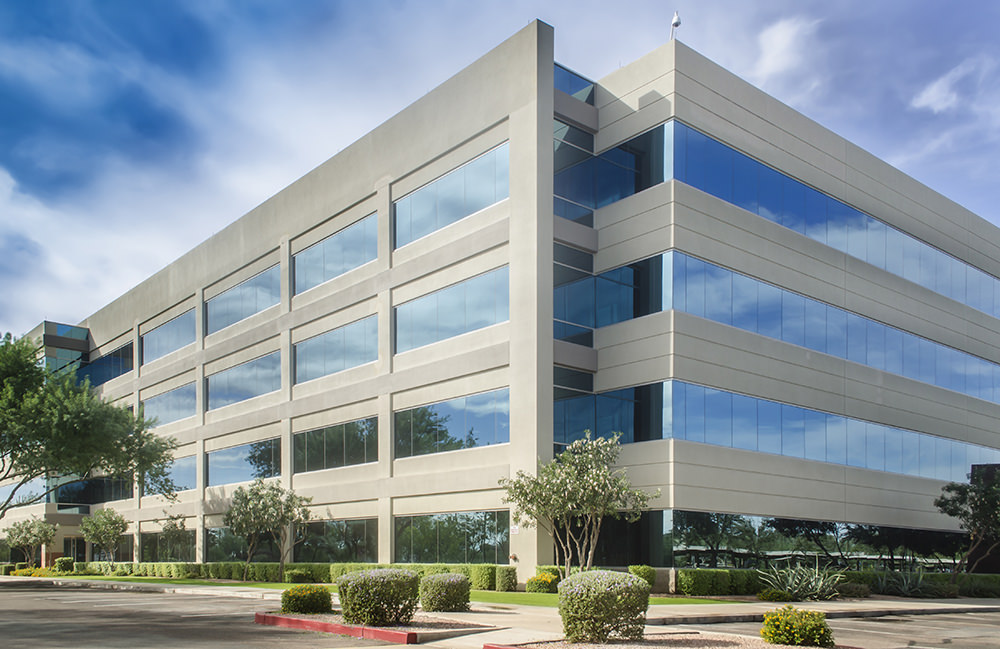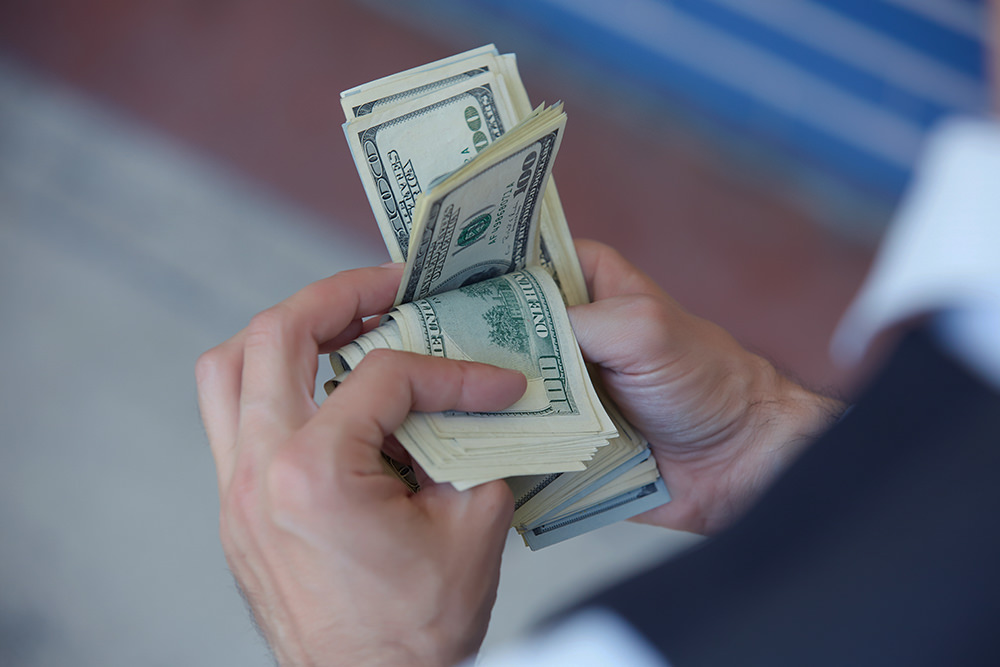We look at the tax consequences of selling, and how that fits in to a life of wealth and happiness.
Last week we posed what we believe is an important question that doesn’t necessarily have anything to do with real estate.
That question is: When it comes to building wealth, at what point is more just more?
To answer that you’ll need the answers to many more questions like; how much money do you need to pursue your personal interests? Your lifetime goals? How much will you need to care for your family while you are here and after you are gone? How hard do you want to work? When do you want to retire? What do you really want to do once you actually do retire? What mark do you want to leave on the world when your time is up? We could go on, but you get the picture.
At what point do you say; I have enough and now I need to make sure my wealth is deployed to support the priorities in my life?” In our last post, we suggested taking a quick inventory of your assets and asking yourself what you would do with the money if you sold one or more of them.
We also asked you to remove tax consequences from the disposition equation, as that is tantamount to ceding control of your life to the IRS and the Franchise Tax Board, which could just be the only thing worse than actually writing big checks to either of those agencies. As much as they take, we still keep more, at least under current tax law.

Right or wrong, fair or unfair, taxes are an inescapable aspect of life, but we still call the shots at the end of the day.
We have been compiling our own bucket lists of things we want to experience in our lives, and we hope you have one of your own, as well. But, before we get to our lists, we thought it might be helpful to model the sale of an industrial building that we believe reflects the situation so many of you are in as property owners.
Property values have been increasing rapidly for the past several years after falling by as much as 50% in the last recession.
Many of you have seen your property’s value double since the recovery began, and those of you who bought at the top of the last cycle have seen your property rise well above the previous peak. If you bought your property 20 years ago, you are literally sitting on a virtual mountain of cash.
The problem for most of you comes down to not having a sound strategy for reinvesting the proceeds without taking an enormous tax hit. That is enough to keep most property owners hunkered down with their fingers crossed that the next market correction will be kinder and gentler. So, we decided to include the tax consequences in our scenario to reflect that reality.
The fact of the matter is, you can probably pay all the taxes on a sale of your property with the appreciation earned in just the last two years, which this model makes clear. Check-writing day will be ugly, but knowing that what’s left is all yours to do with as you please, is a thing of beauty.

So, let’s call the owner of our model property Mr. Smith. He decided to buy his 20,000-square-foot building in Anaheim for his 3PL company back in 2010 because he stayed in touch with his local market and saw it moving off the bottom of the cycle. He also saw the opportunity to borrow money at historically low rates, thanks to the aggressive monetary policy of our central bankers at The Fed.
Prices were down and money was cheap: a good formula in the mind of Mr. Smith. So, he cut the following deal back in Q4 of 2010:
| Purchase Price: | $2,000,000 ($100/square foot) |
| Down Payment: | $500,000 (25% of purchase price) |
| New Loan: | $1,500,000 @ 6% interest, 25 year amortization, 10 year call |
| Monthly payments of $9,664 |
The investment has worked well for Mr. Smith and his company still uses the building. But, he still follows the market and knows that property values have nearly doubled for buildings in his size range since he acquired his property.
He could pull his cash out by refinancing, but he’s 63 years old and doesn’t like the idea of taking on more long term debt, even if it is at a lower rate than the one he is already paying. So, he has decided to sell and bite the tax bullet because he’s been around for a while and knows that gravity works and the market will eventually experience a correction.
Mr. Smith lists his property to see just how crazy things really are.
In short order, he has four offers at or above his asking price and he decides to take the best one, executes the purchase agreement and opens escrow at an unbelievable $210 per square foot. The property sails through the due diligence process and the new buyer closes the deal with just a 10% down payment and a loan for the balance at a rate of just 4.5%, with fixed payments for 25 years. He’s happy and so is Mr. Smith.
Now it’s time to find out what Mr. Smith gets to keep. It is important to note that we have to make some assumptions here as it relates to some of these numbers, but we are confident that our scenario reflects estimates that are very close to reality.
To model the disposition of your own assets, consult a professional tax advisor. In the meantime, here’s what our Mr. Smith is facing:
Basis Adjustment
| Original Basis: | $2,000,000 |
| –Accumulated Depreciation: | $269,000 (based on 7 years, using a 75/25 building-to-land ratio and 39 year economic life) |
| =Adjusted Basis | $1,731,000 |
Gain Calculation
| Sales Price: | $4,200,000 ($210/square foot) |
| –Cost of Sale @5%: | $210,000 |
| –Adjusted Basis: | $1,731,000 |
| =Capital Gain: | $2,259,000 |
Tax Calculation
| California State Tax: | $271,000 (estimated at 12% of total capital gain) |
| Federal Taxes: | |
| Depreciation Recapture Tax: | $67,000 (25% of total depreciation taken over 7 years) |
| Federal Capital Gains Tax: | $398,000 (20% of gain after subtracting depreciation) |
| Total Tax on Sale: | $736,000 (just under 33% of total gain) |
Note: This scenario is general in nature and constructed for discussion purposes only. It omits taxes on investment income of up to 3.8% related to the Affordable Care Act, as those calculations are very taxpayer specific. Numbers are rounded to the nearest thousand.
Sale Proceeds
| Sales Price: | $4,200,000 |
| –Cost of Sale: | $210,000 |
| –Loan Balance: | $1,275,000 |
| =Proceeds Before Taxes: | $2,715,000 |
| –Tax Liability: | $736,000 |
| =Proceeds After Taxes: | $1,979,000 |

The bottom line here is that Mr. Smith invested $500,000 in cash and quadrupled that investment in 7 years, after taxes! That’s nearly $2 million and it’s all his, forever.
Yes, he will pay $736,000 in taxes, but if he held the property through a 20% correction because of that potential tax bill, his loss in equity would be $840,000, and he would still have substantial state income tax, federal capital gains taxes and depreciation recapture taxes to pay whenever he eventually sells the property.
In this scenario, he pays his taxes with his windfall profit and walks away with a pile of cash that has already been taxed.
Now the big question is: What will he do with all that money to improve the quality of his life?
We will talk more about that next week.
Don’t want to miss the next part? No problem, sign up here to be notified.


Leave a Reply
You must be logged in to post a comment.